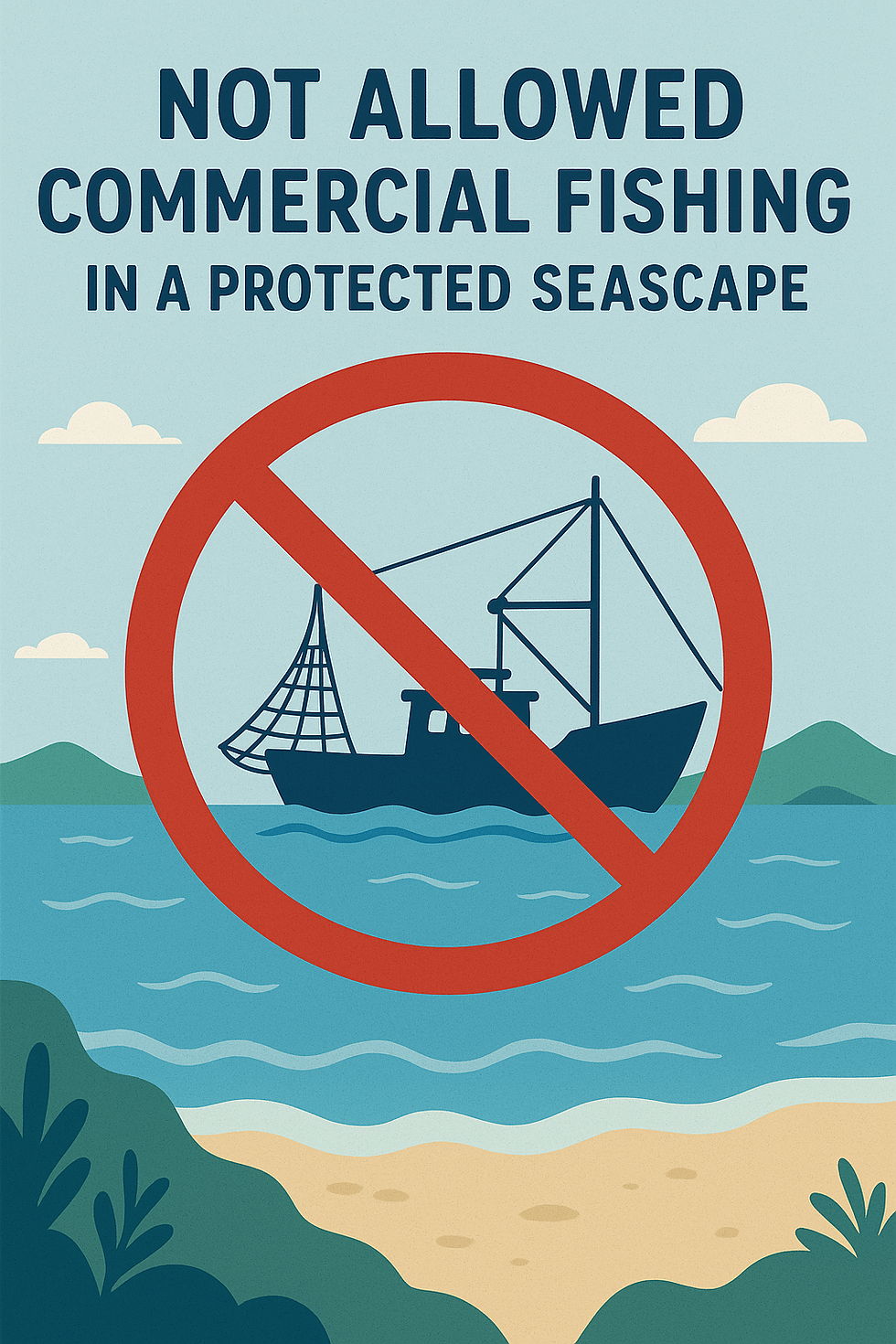Panaon Island, Southern Leyte is officially declared as Protected Seascape in the Philippines!
- DiveWith Rowena
- Aug 30
- 2 min read

Panaon Island comprise of Municipalities of Liloan, San Francisco, Pintuyan and San Ricardo, are known for exceptionally healthy coral reefs, whale sharks, sea turtles, mangroves, and seagrasses.
This represents a significant conservation milestone and supports sustainable livelihoods and climate resilience.
Here’s what actually happens and why it matters:
1. Legal Protection from Exploitation
Declaring an area a Protected Seascape means it’s now under the National Integrated Protected Areas System (NIPAS) or Expanded NIPAS (E-NIPAS) law.
This prohibits or strictly controls:
Destructive fishing (e.g. dynamite, cyanide)
Commercial fishing in municipal waters
Mining, quarrying, and seabed dredging
Coastal land conversion and irresponsible tourism
Local and national enforcement bodies (e.g. DENR, BFAR, LGUs, and local communities) are now mandated to protect it.
Bottom line: It becomes illegal to harm the ecosystem.
2. Marine Resource Management is Funded and Enforced
Protection comes with government funding, planning, and personnel.
Initiatives can now include:
Patrol boats to stop illegal fishers
Coral reef and mangrove rehabilitation
Scientific monitoring of marine species
Building marine sanctuaries or no-take zones

Bottom line: It’s not just talk—real resources are put to work to restore and sustain the ecosystem.
3. Community Involvement and Livelihood Support
Protected Seascapes often become models for community-based conservation.
Locals are trained and empowered as:
Eco-wardens
Dive guides
Coastal tour operators
Sustainable fishers and seaweed farmers
Livelihood grants and eco-tourism development follow.
Bottom line: Locals protect the sea because they now benefit from it sustainably.

4. Biodiversity Gets a Safe Haven
These zones protect critical habitats: coral reefs, seagrass beds, mangroves, and spawning areas.
Species like:
Sea turtles
Dugongs
Whale sharks
Rare reef fish
all thrive when their habitats are preserved and disturbances are minimized.
Bottom line: It creates safe zones where marine life can recover and flourish.
5. Long-term Benefits to Fisheries and Tourism
Healthy ecosystems lead to fish stock recovery, even in adjacent waters (spillover effect).
Sustainable tourism brings jobs and income while reducing pressure on the environment.
Bottom line: It’s an investment — the ocean gives more when it’s managed right.

So What? Why Should You Care?
If you’re a diver, tour operator, or someone passionate about marine life:
You’re helping preserve global biodiversity.
You’re part of a sustainable local economy.
You get access to healthier, more vibrant dive sites.
You’re supporting environmental justice—locals benefit without destroying the resource.
You’re part of a sustainable local economy.
You get access to healthier, more vibrant dive sites.
You’re supporting environmental justice—locals benefit without destroying the resource.
Other Notable Protected Seascapes include:
Panglao Island Protected Seascape (Bohol)
Camotes Island Protected Landscape and Seascape (Cebu)
Apo Island Protected Landscape and Seascape (Negros Oriental)
Sarangani Bay Protected Seascape (Mindanao)

.png)


Comments